Gartner Magic Quadrant: Who's Leading The Way In End-User Outsourcing

The Gartner Magic Quadrant for End-User Outsourcing Services
Gartner late last month released its North American Magic Quadrant for End-User Outsourcing Services, which evaluates 19 IT companies with offerings to manage service desk, desktop and mobility needs for businesses.
Although Gartner expects desktop device outsourcing to remain flat through 2018, mobile device outsourcing is projected to grow at a 14 percent compound annual rate through 2018 due to growth in bring-your-own-device strategies.
Gartner grouped service providers into four quadrants based on their levels of innovation and depth of service.
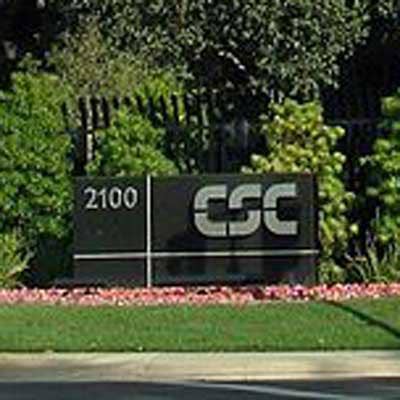
The Leaders: CSC
CSC brings in $450 million in revenue each year from end-user outsourcing services in North America and has 1,200 technicians supporting the practice.
The Falls Church, Va.-based IT services giant satiates the end-user outsourcing space with MyWorkStyle, which offers both standardization and flexibility with five work personas. Customers told Gartner that CSC has both cost-effective solutions and good global access to necessary resources.
However, some customers also said CSC is challenged by project schedule delays and struggles to deliver resources quickly. And with the company shifting to be a cloud services broker, Gartner stressed that businesses should confirm that cloud and end-user outsourcing services are integrated.
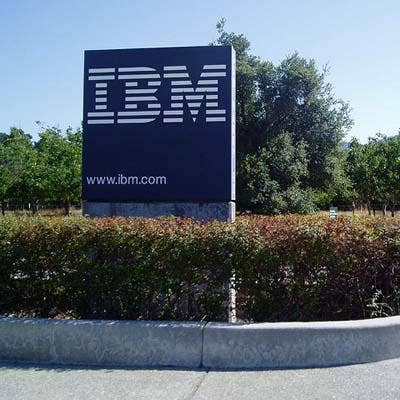
The Leaders: IBM
IBM generated $1.5 billion in revenue in 2013 from end-user outsourcing services in North America and supports some 3.5 million desktop and service desk end users.
Gartner lauded the Armonk, N.Y.-based vendor for offering a comprehensive virtualized workplace with everything from hosted virtual desktop services and mobility to data analytics and a service desk. Customers praised IBM for its vast pool of resources and bringing a perspective relevant to their industry.
On the negative side, some customers indicated that IBM could be inflexible and reactive in its management style, with smaller customers expressing concern that IBM is too large to value their business.
The Leaders: Unisys
Unisys grew its North America end-user outsourcing business 14 percent in 2013 to $410 million, due to a significant investment in related sales and marketing. The company now employs 2,275 desktop technicians to support end-user outsourcing.
The Blue Bell, Pa.-based company's use of personas minimizes costs and maximizes value for businesses changing environments, Gartner said. Customers said Unisys offers high-quality service, good geographic coverage and deep bench talent.
However, Gartner said mobility isn't a dominant part of Unisys' capital planning and investment strategy. Customers told Gartner that more innovation from Unisys could improve project management and deliverable time frames.
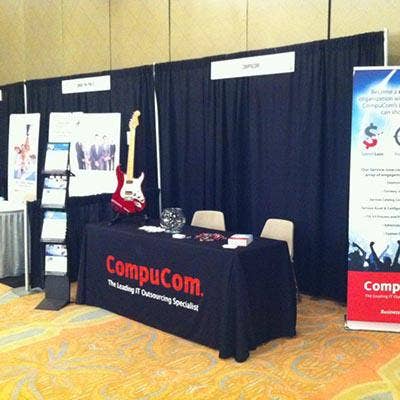
The Leaders: CompuCom
CompuCom generated $802 million in North American end-user outsourcing revenue last year, and employs 5,800 remote dispatch technicians to support it.
Gartner touted the Dallas-based company's client profile persona systems, which has more than 600 defined personas and can identify the worst-performing devices for replacement rather than just replacing assets based on age. Businesses said CompuCom demonstrated a willingness to tailor solutions to meet specific client needs.
However, Gartner said CompuCom focuses on incremental improvements to the detriment of broader innovation. Customers also said CompuCom has some challenges in effectively managing North American resources and providing a single-source global solution.
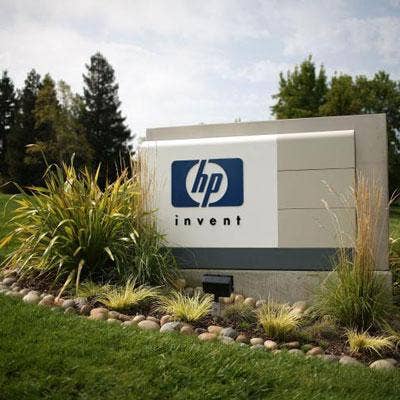
The Leaders: HP
Although HP is selective in the end-user outsourcing deals it pursues, Gartner said the company supports some 500 clients and 5.4 million users globally.
Gartner praised the Palo Alto, Calif.-based vendor for offerings spanning the gamut from analytics to client virtualization, with innovations such as Context Analytics that allow instant data streams relevant to a user's Lync conversation. Customers said HP is a one-stop shop capable of meeting all their service desk needs.
But HP's five-year plan hasn't yet resulted in service segment growth, Gartner said, while its focus on transformative deals is sometimes at odds with customers looking for strategic ways to lower costs.
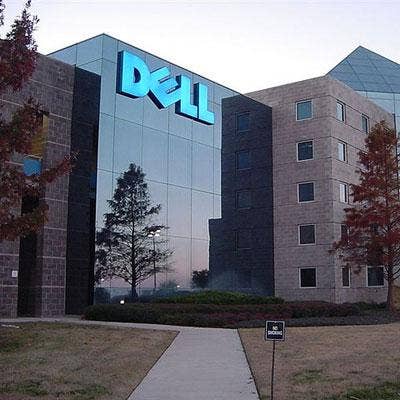
The Leaders: Dell
Dell grew its North American end-user outsourcing service offerings revenue 7 percent in 2013 to $2 billion, and has 2.53 million desktop and mobile device end users.
The Round Rock, Texas-based vendor plans to improve its end-user outsourcing offerings through incremental changes designed for 200- to 500-person businesses and scaled to larger clients. Customers praised Dell for tailoring offerings to meet a particular company's needs.
Gartner cautioned that an emphasis on profitability and revenue growth could lead to more changes in Dell's service support structure. Some customers also told Gartner said Dell seems to lack a focused strategy and is playing catch-up in integration and innovation.
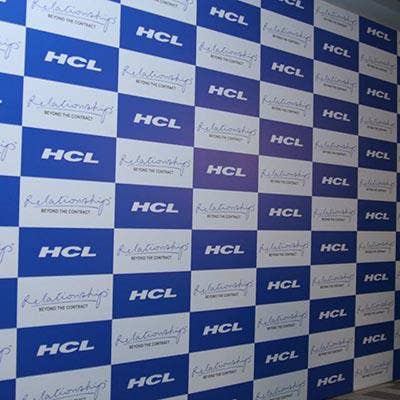
The Leaders: HCL Technologies
North American end-user outsourcing revenue for HCL Technologies skyrocketed 32 percent in 2013 to $186 million, with 1,300 technicians supporting activity in the region.
Gartner found the India-based IT services company improved customer satisfaction scores by 18 percent in 2013 while lowering deskside visits by 15 percent through remote delivery and automation. Customers gave kudos to HCL on delivering flexible services at a competitive price.
But HCL's data center requirements for hosted virtual desktop services means it's been unable to expand those services to more than 3 percent of its total desktop customer base, according to Gartner. And some customers said HCL fails to leverage best practices from other accounts.

The Leaders: Atos
North American end-user outsourcing revenue for Atos surged 20 percent in 2013 to $312 million, with the company employing 1,261 desktop technicians in the region.
Gartner said the French IT services company has separated itself from the pack by integrating cloud-based services into its end-user outsourcing portfolio, providing a low-cost foundation for value-added features. Customers praised Atos for its willingness to quickly resolve issues.
However, Atos' global consolidation of end-user outsourcing services has resulted in changes in lead times as new service centers get introduced, according to Gartner. Some customers also complained that turnover in the desktop support area has led to a degradation of skills.
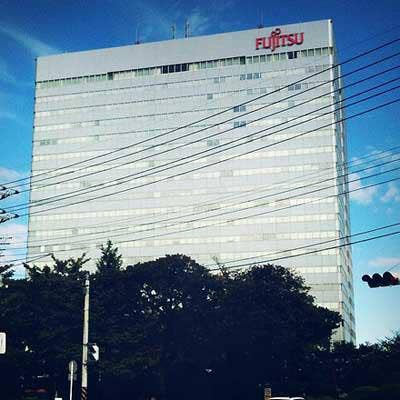
The Visionaries: Fujitsu
Fujitsu generates $60 million each year in North American end-user outsourcing services revenue by supporting some 253,000 desktop and mobile device users.
Gartner touted the Japanese IT services company's Workplace Anywhere offering, which fuses Citrix-based technology with the Fujitsu cloud to provide end-to-end support for mobile and virtualization needs. Customers also said Fujitsu has been both cost-effective and flexible in responding to specific business requests.
Gartner, though, said Fujitsu must grow its mobility offerings to have a full end-user outsourcing solution with market presence in North America. Some customers said Fujitsu is challenged by a lack of depth in its resource bench.
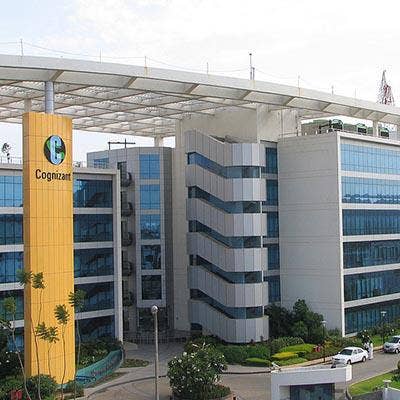
The Visionaries: Cognizant
Cognizant supports nearly 500,000 desktop and mobile users in North America with 1,500 desktop technicians.
Gartner said the Teaneck, N.J.-based solution provider has significantly grown its end-user outsourcing market share by offering a monthly, risk-free subscription, allowing customers to see how the service offering will transform their environment without a major commitment. Customers praised Cognizant for being flexible and cost-competitive.
Cognizant, however, was chided by Gartner for having just 15 percent of its service agents based in developed countries and using third-party labor for field support work. Customers also said they want to see a more progressive vision and aggressive leadership in delivering end-user outsourcing value.
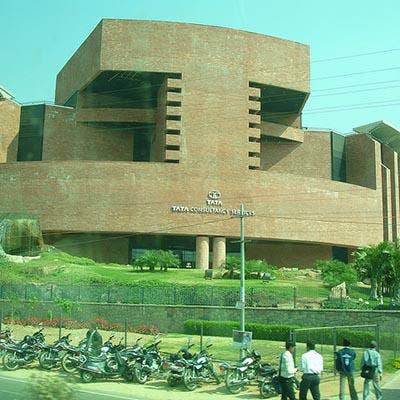
The Challengers: Tata Consultancy Services
North American end-user outsourcing sales soared 32 percent in 2013 for Tata Consultancy Services to $170 million, with 1,481 service desk employees supporting the region.
Gartner said growth for the India-based IT services company comes almost entirely from its desktop and mobility business, with kiosks and automation driving down costs. Customers said Tata is responsive to client issues and priced competitively.
However, Tata's end-user outsourcing tools are proprietary, meaning it can take awhile for clients to implement them and can cause problems if customers opt for a different service provider. Some customers also said Tata needs to better manage employee turnover and training.
The Challengers: Xerox
In 2013, Xerox North American end-user outsourcing revenue rose 26 percent to $167 million, with 780 desktop technicians employed.
Gartner praised the Norwalk, Conn.-based document management company for driving down costs by using a service catalog approach to produce modular and standardized offerings. Customers said Xerox is willing to invest in an effective business relationship and meet their unique demands and needs.
But Gartner said the company is still challenged with creating an effective persona approach for customers demanding a seamless end-user outsourcing experience. Some customers said the company also struggles with providing effective technical expertise and delivering asset and license management services.

The Challengers: Pomeroy
Pomeroy generated $85 million in revenue from North American end-user outsourcing services in 2013 and employs 1,365 desktop field support technicians.
Gartner praised the Hebron, Ky.-based company for supporting four mobile devices for every 10 personal computers, chalking up its enterprise mobile management success to partnerships that allow for support of Apple, BlackBerry, Android and Windows-based devices. Customers said they like Pomeroy's effective integration between the service desk and on-site support services.
The company, though, is vulnerable to a significant disaster event, according to Gartner, since it has eschewed redundancy for a single service desk. Some customers said Pomeroy suffers from a lack of bench strength, global coverage and proactive leadership.
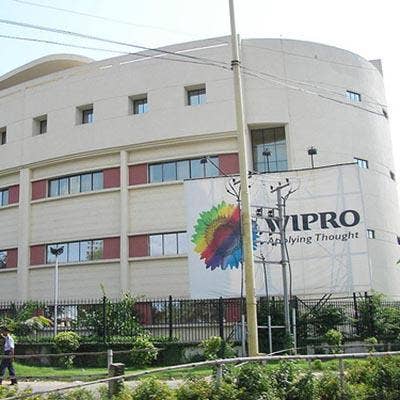
The Challengers: Wipro
Wipro's North American end-user outsourcing revenue increased 13 percent in 2013 to $167 million, and the company is boosting automation and reducing its employee headcount by 15percent to 20 percent.
Gartner said the India-based IT consulting company should improve end-user outsourcing performance during the next three to five years through standardization of its service catalog, and is looking to add connectivity and management capabilities to the desktop.
However, Wipro has struggled to develop a clear and cohesive marketing message, according to Gartner. Some customers also complained about a slow replacement hiring process when turnover occurred, as well as a lethargic speed to market for new initiatives.

The Niche Players: CGI
North American end-user outsourcing revenue for CGI declined from $140 million in 2011 to $121 million in 2012 and $115 million in 2013.
Gartner praised the Montreal-based IT consulting company for staging a technology trial and 140-day review of its hosted virtual desktop service to help customers understand viability and performance. Customers lauded CGI for having lots of high-quality resources available and being flexible.
Gartner chided CGI, however, for being focused on regional end-user outsourcing revenue and profit to the detriment of fulfilling product need and service delivery expectations. Some customers complained that CGI fails to engage in innovation and struggles with communication and reporting.

The Niche Players: Stefanini
Stefanini boosted North American end-user outsourcing revenue 19 percent in 2013 to $84 million, with its 613 desktop technicians focused primarily on manufacturing.
Gartner said the Brazilian IT company's embrace of "gainsharing" -- meaning savings from improved performance are shared with employees -- has aided delivery of customer improvement solutions. Customers praised Stefanini for being responsive, flexible and willing to accept challenges.
But Gartner expressed concerns about both Stefanini's lack of a packaged hosted virtual desktop solution and its lack of desktop and mobility clients, questioning if the company has enough field service technicians to support growth. Some customers said Stefanini could improve by reducing employee turnover.
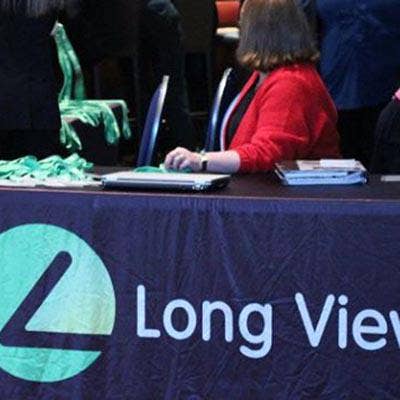
The Niche Players: Long View Systems
Long View Systems grew its North American end-user outsourcing revenue 33 percent in 2013 to $104 million, with 36 percent generated from the service desk and more than 50 percent generated from the energy sector.
Gartner praised the Calgary-based IT firm for focusing on mobility, serving many industries and rebadging employees to other companies to sustain current systems. Customers told Gartner that Long View is technically proficient and effective.
However, Long View's current cost structure -- with dedicated staff for peak hours and shared staff otherwise -- would require replication of resources for further growth, Gartner said. Some customers also said that Long View can be pricey.
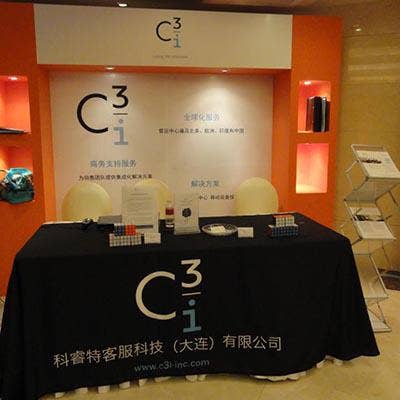
The Niche Players: C3i
C3i brought in $68 million in revenue from North American end-user outsourcing services in 2013, with 76 percent of that revenue generated by the service desk.
Gartner said the Morristown, N.J. company -- which was acquired by Telerx in June -- has benefited from its life science focus and offers patient, clinical technology and lab support, along with regulatory expertise. Customers said C3i is responsive to their needs and delivers quality resources.
However, Gartner said C3i doesn't provide a hosted virtual desktop solution and isn't as well-suited for customers outside life science. Some customers found that C3i sometimes has capacity problems with recruitment of sought-after skills for innovation.
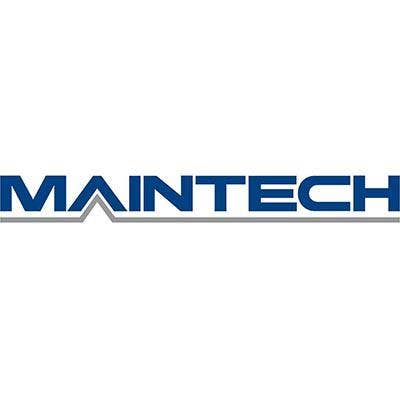
The Niche Players: Maintech
Maintech generated $90 million in North American end-user outsourcing service revenue in 2013, with a focus on supporting the financial industry in New York City.
Gartner praised the Cranford, N.J., company for improving staff skills through IT Infrastructure Library training and partnering as a subcontractor with other end-user outsourcing service providers. Customers said a well-tenured staff allows Maintech to deliver services at competitive prices.
Gartner, however, criticized Maintech for having the strategy of a distant follower, making it unable to provide leading-edge technology or transform a customer's environment. Some customers said Maintech is unable to deliver a comprehensive end-user outsourcing service offering.